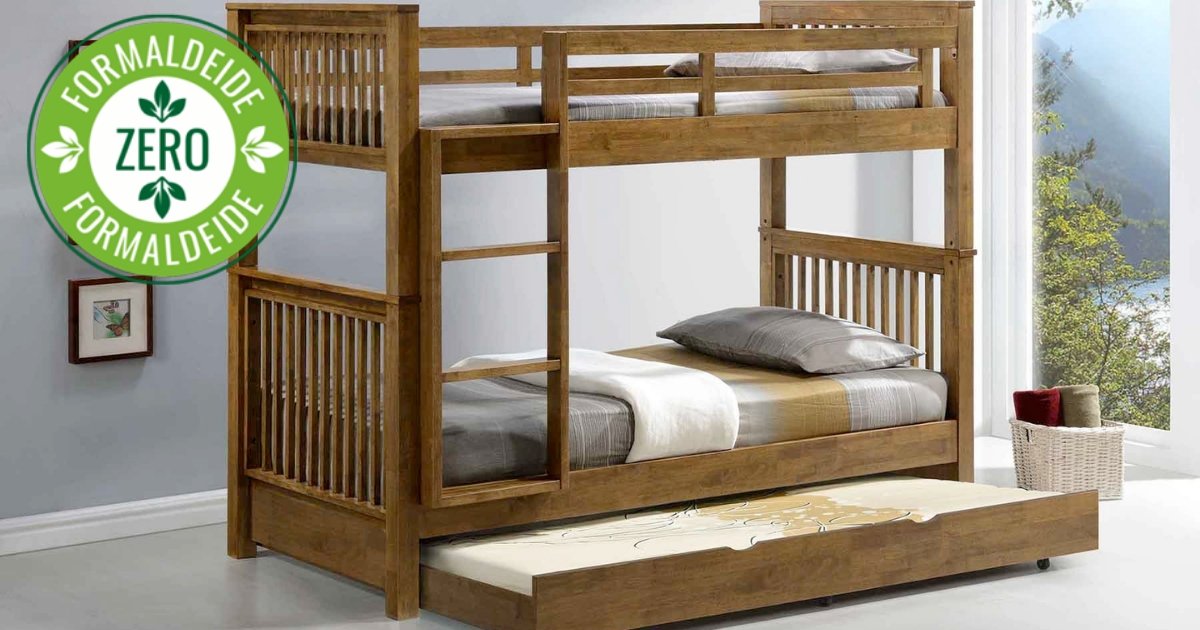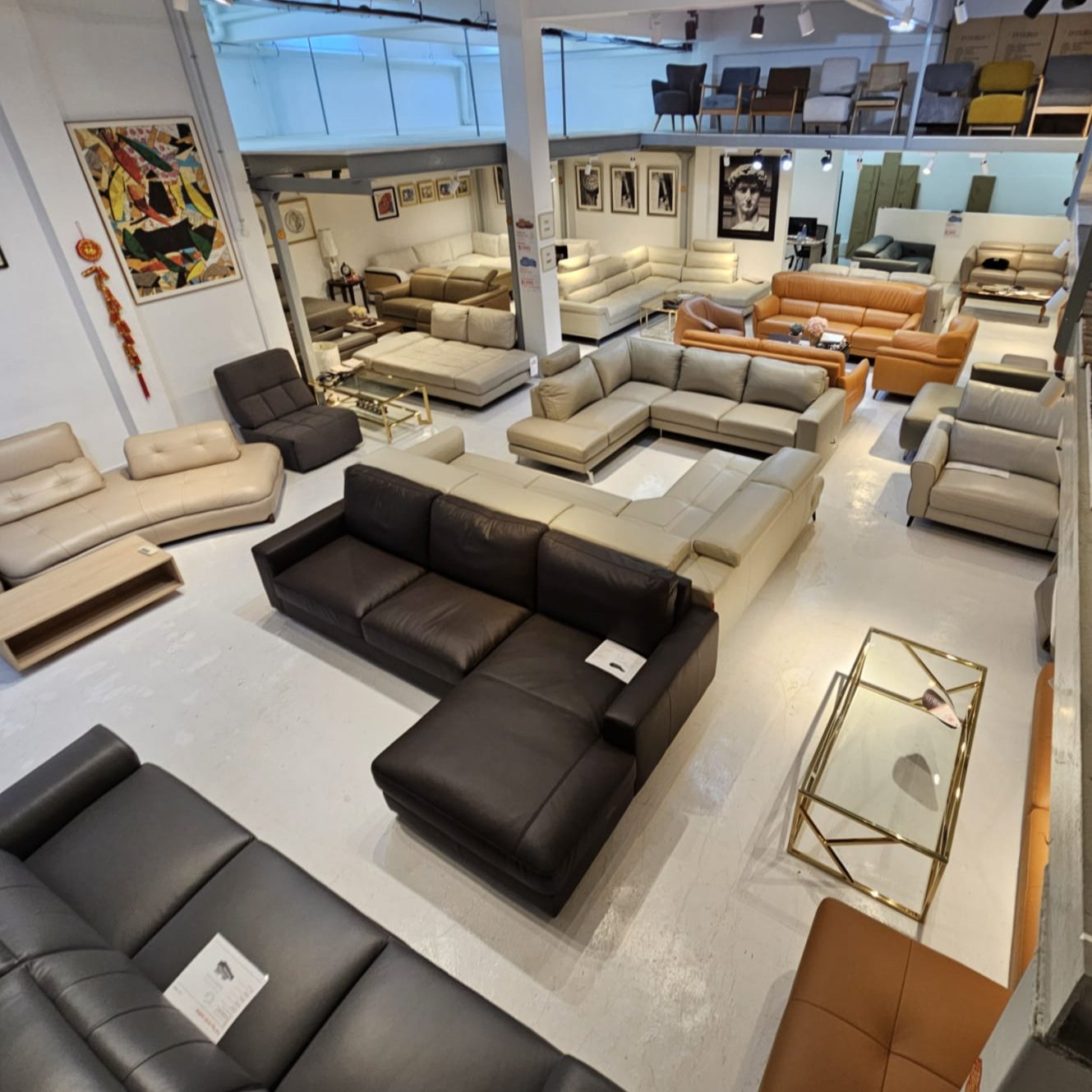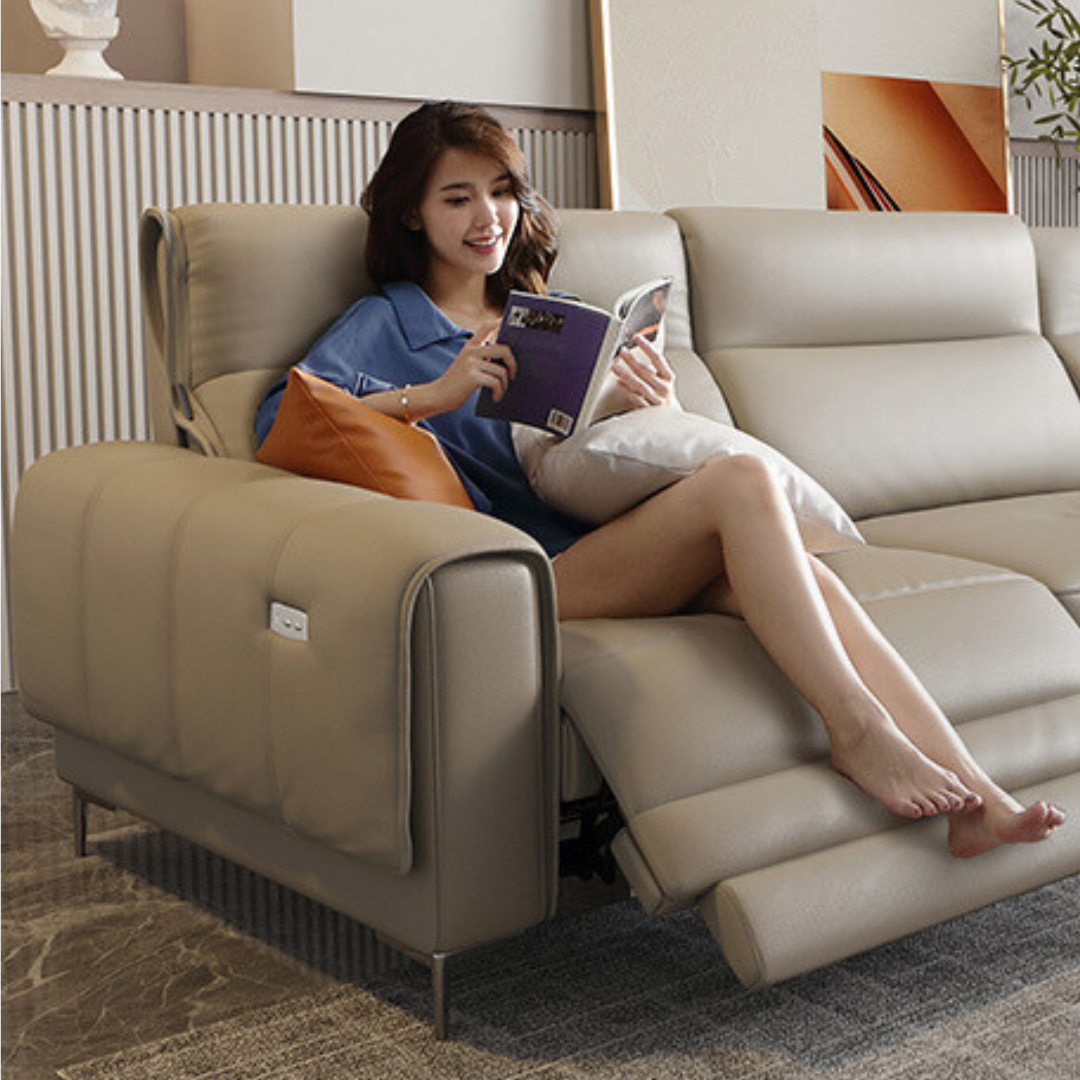Formaldehyde is a colorless, harmful gas that can cause cancer in the nose, mouth, throat, skin and digestive tract. And the formaldehyde in the residence basically comes from all sorts of board, furniture and paint wait for adornment material. Such panels or materials can be graded by its formaldehyde content. Formaldehyde free carpentry and furniture is the future for a healthier lifestyle.
Grading
- Formaldehyde free as defined under EPA TSCA is no higher than 0.0499 mg/l. Our average test results is lower than 0.04 mg/l. That is 12.5 times lower than the E0 standard
- E0 is the amount of formaldehyde released less than or equal to 0.5 mg/l.
- E1 is the amount of formaldehyde released less than or equal to 9.0mg/100g. 18X more than E0.
- E2 is the amount of formaldehyde released less than or equal to 30.0mg/100g. 60X more than E0.
Found In Plywood And Panels
Formaldehyde is commonly found in plywood and medium-density fiberboard (MDF) or melamine-faced chipboard (MFC) boards. These engineered wood products often contain adhesives or resins that release formaldehyde gas over time, which can contribute to indoor air pollution. Here's some additional information about formaldehyde in plywood and MFC boards:
- Plywood:
- Construction Material: Plywood is made by layering thin sheets of wood veneer and bonding them together with adhesives, which may contain formaldehyde-based resins.
- Formaldehyde Emissions: The formaldehyde emissions from plywood can vary depending on the type of adhesive used and the quality of the product. Plywood with higher formaldehyde emissions may release more gas into the indoor environment.
- Standards and Regulations: Many countries have established regulations or standards to limit formaldehyde emissions from plywood, such as the CARB Phase 2 standard in the United States and the European E1 standard. These standards aim to ensure that plywood products meet specific emission limits.
- MDF and MFC Boards:
- Composition and Usage: MDF and MFC boards are made by breaking down wood fibers or particles and combining them with resins or adhesives. These boards are commonly used in furniture, cabinets, and interior finishes.
- Formaldehyde Emissions: MDF and MFC boards can emit formaldehyde gas, especially if they are made with urea-formaldehyde-based resins. The emissions can vary based on the product's composition, manufacturing process, and the quality of the resins used.
- Standards and Regulations: Similar to plywood, regulations and standards, such as CARB Phase 2 and the European E1 standard, also apply to MDF and MFC boards to control formaldehyde emissions and ensure product safety.
Such materials are extremely common and in use all the time. More reliable and reputable contractors use E0 graded plywood. But none of them can truly claim to provide formaldehyde free carpentry. In Singapore only Picket&Rail uses formaldehyde free graded materials for its carpentry.
Opt For Formaldehyde Free Carpentry To Avoid Dangers
Formaldehyde is a chemical compound commonly found in furniture and various household products. When present in high levels, formaldehyde can pose potential health risks, especially for children who may be more vulnerable to its effects. Here are some key points regarding the harm caused by formaldehyde in furniture and carpentry on children:
-
Respiratory Issues: Exposure to formaldehyde can lead to respiratory problems in children, such as coughing, wheezing, and difficulty breathing. Children with pre-existing respiratory conditions, such as asthma, may be particularly sensitive to formaldehyde and experience exacerbated symptoms.
-
Allergic Reactions: Formaldehyde is known to be a potent allergen. Prolonged exposure to formaldehyde in furniture can trigger allergic reactions in children, including skin rashes, itching, and irritation. Some children may also develop allergic contact dermatitis when their skin comes into direct contact with formaldehyde-emitting materials.
-
Asthma Aggravation: Children with asthma are at a higher risk of experiencing aggravated symptoms when exposed to formaldehyde. Formaldehyde can irritate the airways and trigger asthma attacks, leading to wheezing, coughing, chest tightness, and shortness of breath.
-
Eye, Nose, and Throat Irritation: Formaldehyde emissions from furniture can cause irritation to the eyes, nose, and throat of children. Symptoms may include watery or itchy eyes, a runny or congested nose, sore throat, and persistent coughing.
-
Potential Carcinogenic Effects: Formaldehyde has been classified as a known human carcinogen by the International Agency for Research on Cancer (IARC). Prolonged exposure to high levels of formaldehyde has been associated with an increased risk of developing certain cancers, such as nasopharyngeal cancer and leukemia. While the risk of cancer from formaldehyde in furniture is considered low, long-term exposure should be minimized, especially for children.
Preventive Measures
To mitigate the harm caused by formaldehyde in furniture and carpentry, here are some preventive measures:
-
Choose Low-Formaldehyde or Formaldehyde Free Products: When selecting furniture, opt for products labeled as low-formaldehyde or free from formaldehyde. Look for certifications, such as those indicating compliance with formaldehyde emission standards like California Air Resources Board (CARB) Phase 2 or similar regulations.
-
Ensure Proper Ventilation: Improve indoor air quality by ensuring proper ventilation in your home. Open windows, use exhaust fans, or consider using air purifiers to help reduce the concentration of formaldehyde and other indoor pollutants.
-
Allow for Off-Gassing: New furniture tends to release formaldehyde and other volatile organic compounds (VOCs) through a process called off-gassing. If possible, unpack new furniture and allow it to air out in a well-ventilated area, preferably outdoors, before bringing it into your child's living space.
-
Regular Cleaning and Maintenance: Clean furniture surfaces regularly using gentle, non-toxic cleaning products to minimize dust accumulation and potential formaldehyde exposure. Proper maintenance can help reduce the release of formaldehyde from furniture materials over time.
-
Be Mindful of Secondhand Furniture: When acquiring secondhand furniture, especially older pieces, be cautious about their formaldehyde emissions. Vintage furniture or antiques may have been constructed with materials that contain higher levels of formaldehyde or have deteriorated over time, increasing the potential for formaldehyde release.
It's important to note that formaldehyde exposure is cumulative, and multiple sources in the indoor environment can contribute to overall exposure levels. If you have concerns about formaldehyde exposure or your child's health, consult with a healthcare professional or pediatrician for guidance and further evaluation.
Formaldehyde Free Furniture & Carpentry
Investing in formaldehyde-free furniture and carpentry is a wise choice for several compelling reasons:
-
Health and Safety: Formaldehyde is a known indoor air pollutant and can have adverse effects on human health, especially for children and individuals with respiratory conditions or allergies. By opting for formaldehyde-free furniture, you create a safer living environment and reduce the risk of respiratory issues, allergies, and related health concerns.
-
Improved Indoor Air Quality: Formaldehyde emissions from furniture can contribute to poor indoor air quality. Choosing formaldehyde-free furniture significantly reduces the levels of this harmful chemical in your home, leading to cleaner and healthier indoor air. This is particularly important as we spend a significant amount of time indoors, where air quality can have a direct impact on our well-being.
-
Environmental Responsibility: Formaldehyde-free furniture aligns with sustainable and eco-friendly practices. These products are often manufactured using alternative adhesives and resins that emit lower levels of volatile organic compounds (VOCs), contributing to reduced air pollution and a healthier planet. By choosing formaldehyde-free options, you support environmentally responsible manufacturing practices and help create a greener future.
-
Peace of Mind: Purchasing formaldehyde-free furniture and carpentry provides peace of mind, knowing that you are making a conscious choice to prioritize the well-being of your family and the environment. You can rest assured that your home is free from harmful chemicals that can potentially have long-term health consequences.
-
Quality and Durability: Formaldehyde-free furniture is not only safer but also of high quality. Brands that produce formaldehyde-free products often prioritize craftsmanship and use premium materials, ensuring durability and longevity. By investing in formaldehyde-free furniture, you can enjoy the benefits of long-lasting, well-crafted pieces that will stand the test of time.
-
Certified and Trusted Brands: Many formaldehyde-free furniture and carpentry options come from certified and trusted brands that adhere to strict standards and undergo rigorous testing. Choosing reputable brands ensures that you are investing in furniture that meets the highest safety and quality standards.
By opting for formaldehyde-free furniture and carpentry, you are not only safeguarding the health of your loved ones but also making a positive impact on the environment. Create a safer and healthier home environment, support sustainable practices, and enjoy the peace of mind that comes with knowing your furniture choices align with your values.
Legislation And History
Picket&Rail has been at the forefront of adopting formaldehyde free manufacturing. Our custom cabinetry offerings has been formaldehyde free since 2017. More 98% of plywood and panels used in Singapore today for cabinetry are toxic.
To better understand how deadly formaldehyde is we need to know a little bit of history. As of June 1, 2018, it is illegal to manufacture or import composite wood products in the United States if they contain excessive amounts of formaldehyde.
This seriousness of the problem and the need for a major improvement to consumer safety is the result of a lawsuit filed in October 2017. The Sierra Club and Louisiana-based A Community Voice, represented by Earthjustice, challenged the U.S. Environmental Protection Agency (EPA) and Administrator Scott Pruitt’s delay of the formaldehyde limits. The plaintiffs watched people become ill from exposure to formaldehyde, a carcinogen that causes respiratory ailments and exacerbates asthma.
The products involved are the paneling, cabinets and flooring often used in manufactured housing and travel trailers. The wood products — particleboard, plywood, fiberboard — contain adhesives, and the adhesives contained formaldehyde.
Hurricane Katrina And Rita
The health problems came into sharp focus in 2005, when Hurricanes Katrina and Rita sent thousands of Gulf Coast residents into temporary, emergency housing built with materials containing formaldehyde. Many people complained of splitting headaches, burning nostrils, breathing troubles and more.
In the wake of these serious health issues, Congress passed a law in 2010 requiring the EPA to adopt the California Air Resources Board’s (CARB) tough formaldehyde-emissions standards for composite wood products nationwide. But the EPA fell into a multiyear pattern of delaying putting the new limits in place until the result of the lawsuit in 2018.















